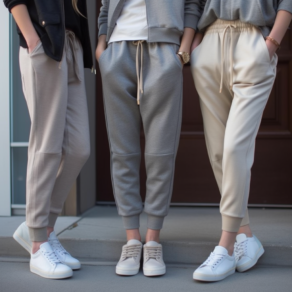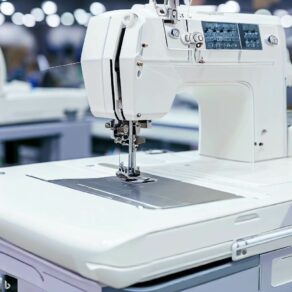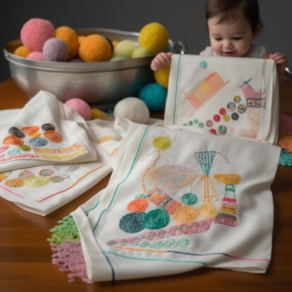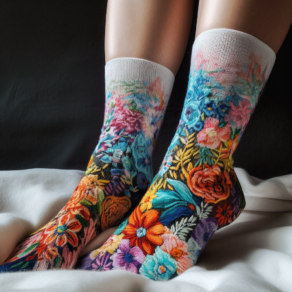In this blog post, I’ll walk you through the steps and techniques for embroidering socks. We’ll cover how to choose the right socks for embroidering, essential supplies, transferring your design, and stitching smooth textures on the stretchy fabric. I’ll share tips I’ve learned from my own experience for tackling tricky areas like heels and toes and avoiding common pitfalls like puckering.
By the end of this post, you’ll have the know-how to customize socks with personalized designs, patterns, memories, or just for the joy of stitching. So grab your favorite pair of socks and a few skeins of floss, and let’s get stitching!








Leave a Comment